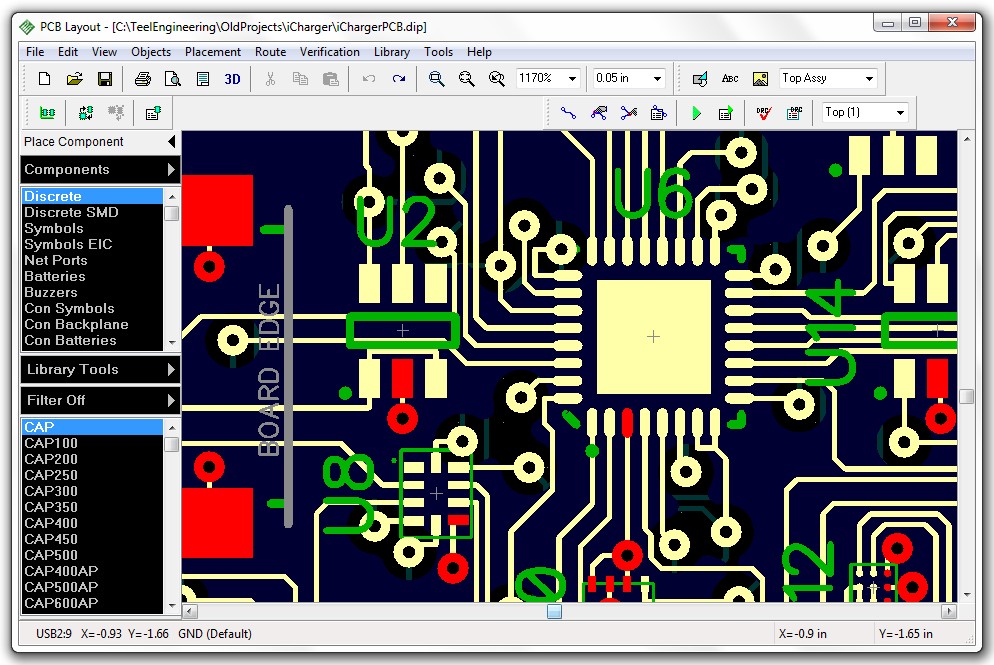

The only disadvantage is that it looks like a component can only have a single footprint listed? I'll likely switch to using that for passives, as it seems much more logical to only have to have a single instance of a particular symbol, but maybe stick with the normal libraries for things that don't have value variants (like IC or connectors). I hadn't realized how the component database works. Come to think of it, I should figure out Altium scripting so that I can automate those tweaks after having it create the component. I only use maybe 25 different values of passives on a given board, so it isn't such a huge pain. Anyway, for now I'll continue with using Altium's supplier search to create parts from Digikey, manually assign the footprint, assign a designator, delete the superfluous `Description' parameter, and copy-paste the symbol. How did I miss that other thread? It answers what I was asking. Just make it clear up front which parts must be fitted as spec'ed, which can be substituted with approval, and which are not critical (this will obviously depend on how much you trust your CM). Internal part numbers and pick lists can be a good way to go if you need to maintain part sourcing flexibility but can't necessarily rely on someone else to source acceptable alternates, but it may be easier to talk to your assembly house about alternate parts-they may already have suitable parts on hand or may get substantially different pricing than you do, so you may get better pricing if you let them know which specs are critical and let them shop around for you. I think you might be able to do similar things with Vaults, but I've never used them. If you use a dbLib, you add a separate entry for each part number to the database, and link in the same footprint/symbols from those library files, so you're effectively generating however many different values you need parametrically. It also makes it easier to specify an EXACT part number where that's critical versus other places where there's some flexibility.

Adding a separate part to the library for each value requires more work up front, but makes for easier outputs and consistency control later on. Manually editing parameters would require the least setup upfront, but would be a tremendous pain to maintain.


 0 kommentar(er)
0 kommentar(er)
